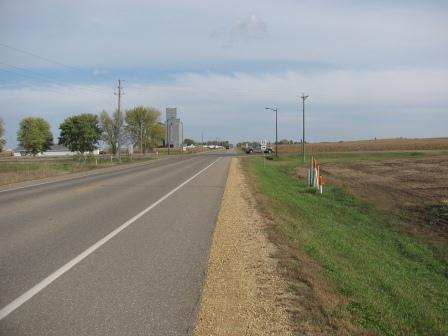Local road safety
Road safety plans

The Road Safety Plan concept is designed to build on the foundation established by Minnesota’s Strategic Highway Safety Plan. The SHSP provides some guidance, but determining effective and acceptable safety countermeasures remains a challenge to many state and local jurisdictions. These plans provide the basis for systematic implementation of safety measures across the entire jurisdiction. Local jurisdictions have several options to develop a Road Safety Plan – the end result of the process should be a document that identifies a gamut of proactive measures, based on current crash trends, which will increase the overall safety for roadway users. Each jurisdiction will develop a prioritized list of proposed safety improvements for the entire roadway network or a significant subset by route and location. Development of a Road Safety Plan will be advantageous in securing future safety funds since the systematic identification of crash problems and potential countermeasures will be a focus in the foreseeable future.
Currently in Minnesota, all 8 MnDOT districts and 87 counties have a roadway safety plan that was developed for their system.
Objectives
- Develop a document which will list safety projects in a prioritized manner by route and location(s)
- Analyze the jurisdictions crash data to determine patterns by location, type of crash, and any circumstance of the crash which would lead to effective countermeasures. Additional data may be needed for surrounding areas with similar networks and demographics.
- Develop projects by a consensus building exercise with key stakeholders of each jurisdiction. These should include, but not limited to representatives, of the 4 E’s – Engineering, Education, Enforcement and Emergency services. Consideration should be given to representation from different modes of transportation – bike, pedestrian, commercial vehicles, motorcycles, etc
- Educate stakeholders on the magnitude of the issues,the effectiveness of possible solutions, and the barriers (including funding) to improve traffic safety.
